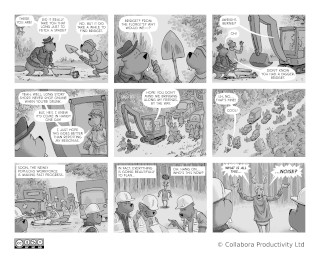-
chevron_right
Adetoye Anointing: From Intern To Impact: Building A Future As An Engineer
news.movim.eu / PlanetGnome · Sunday, 2 February - 05:53 · 3 minutes
As my Outreachy internship with GNOME concludes, I’m reflecting on the journey, the effort, the progress, and, most importantly, the future I envision in tech.
The past few months as an intern have been both challenging and incredibly rewarding. From quickly learning a new programming language to meet project demands, to embracing test-driven development and tackling progressively complex tasks, every experience has been a stepping stone. Along the way, I’ve honed my collaboration and communication skills, expanded my professional network, and developed a deep appreciation for the power of community and open source.
This Outreachy internship has been a pivotal experience, solidifying these values and teaching me the importance of embracing challenges and continuously improving my technical and interpersonal skills, preparing me for the next stage of my engineering career. The supportive environment I found in the GNOME community has been instrumental to my growth. I’m incredibly grateful for my mentor, Federico, who exemplified what true mentorship should be. He showed me the importance of collaborative spirit, genuine understanding of team members, and even taking time for laughter – all of which made transitioning to a new environment seamless and comfortable. His guidance fostered open communication, ensuring seamless synchronization and accessibility. Just before writing this, I had a call with Federico, Felipe (the GNOME Internship Coordinator, an awesome person!), and Aryan to discuss my career post-internship.
While the career advice was invaluable, what truly stood out was their collaborative willingness to support my growth. This dedication to fostering progress is something I deeply admire and will strive to make a core part of my own engineering culture.
My journey from intern to engineer has been significantly shaped by the power of community, and I’m now ready to push myself further, take on new challenges, and build a solid, impactful, and reputable career in technology.
Skills
I possess a strong foundation in several key technologies essential for software and infrastructure engineering.
My primary languages are Golang and Rust , allowing me to build high-performance and reliable systems. I also have experience with Python. I’m a quick learner and eager to expand my skillset further.
Career Goals
My ultimate career aspiration is to secure a role that challenges me to grow as an engineer while contributing to impactful and innovative projects. I am particularly drawn to:
-
- Cultivating a culture of creativity and structured development while optimizing myself to become the best engineer I can be—just like my Outreachy experience.
- Developing and sustaining critical infrastructure that powers large-scale, globally utilized systems, ensuring reliability, security, and seamless operation.
- Exploring opportunities at MANGA or other big tech companies to work on complex systems, bridging software engineering, security, and infrastructure.
-
Motivation
While the challenge of growth is my primary motivation, the financial stability offered by these roles is also important, enabling me to further invest in my personal and professional development.
Relocation is a significant draw, offering the opportunity to experience different cultures, gain new perspectives and immerse myself in a global engineering community.
As an introverted and private person, I see this as a chance to push beyond my comfort zone, engage with a diverse range of collaborators, and build meaningful connections.
Job Search
I am actively seeking software engineering, infrastructure, and site reliability roles. I am particularly interested in opportunities at large tech companies, where I can contribute to complex systems and further develop my expertise in Golang and Rust after concluding my Outreachy internship with Gnome is concluded in march 2025.
exploring the opportunities
I’m eager to explore software engineering, open source, infrastructure, and site reliability roles. If your team is seeking someone with my skills and experience, I’d welcome a conversation. Connect with me via email or LinkedIn .
I’m excited about the future and ready to take the next step in my career. With the foundation I’ve built during this internship, I’m confident in my ability to make a meaningful impact in the tech industry


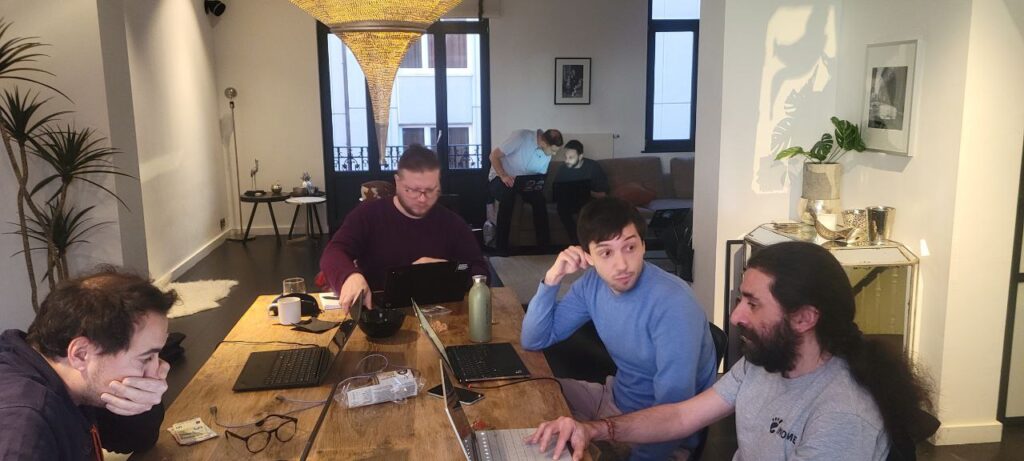


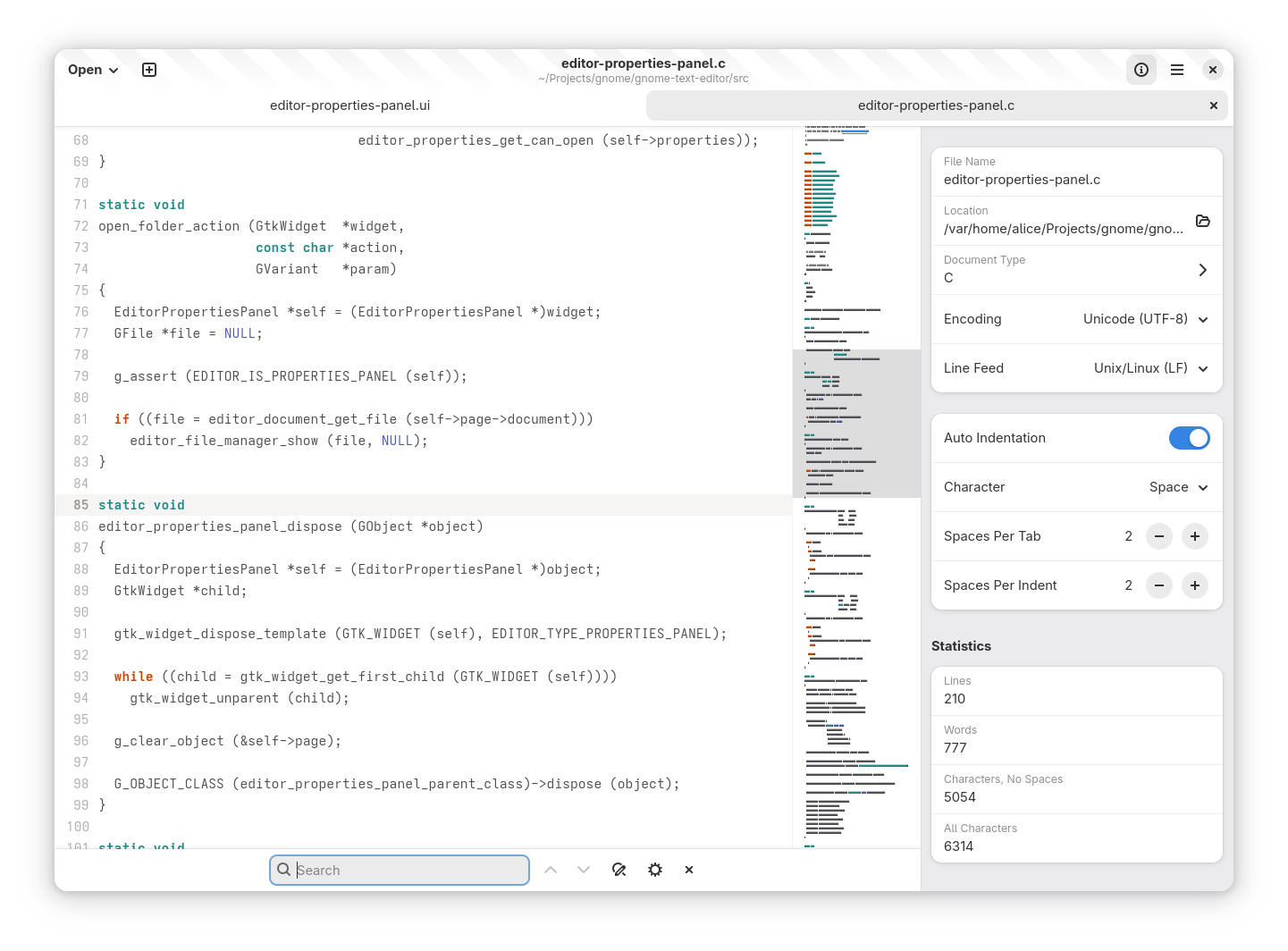
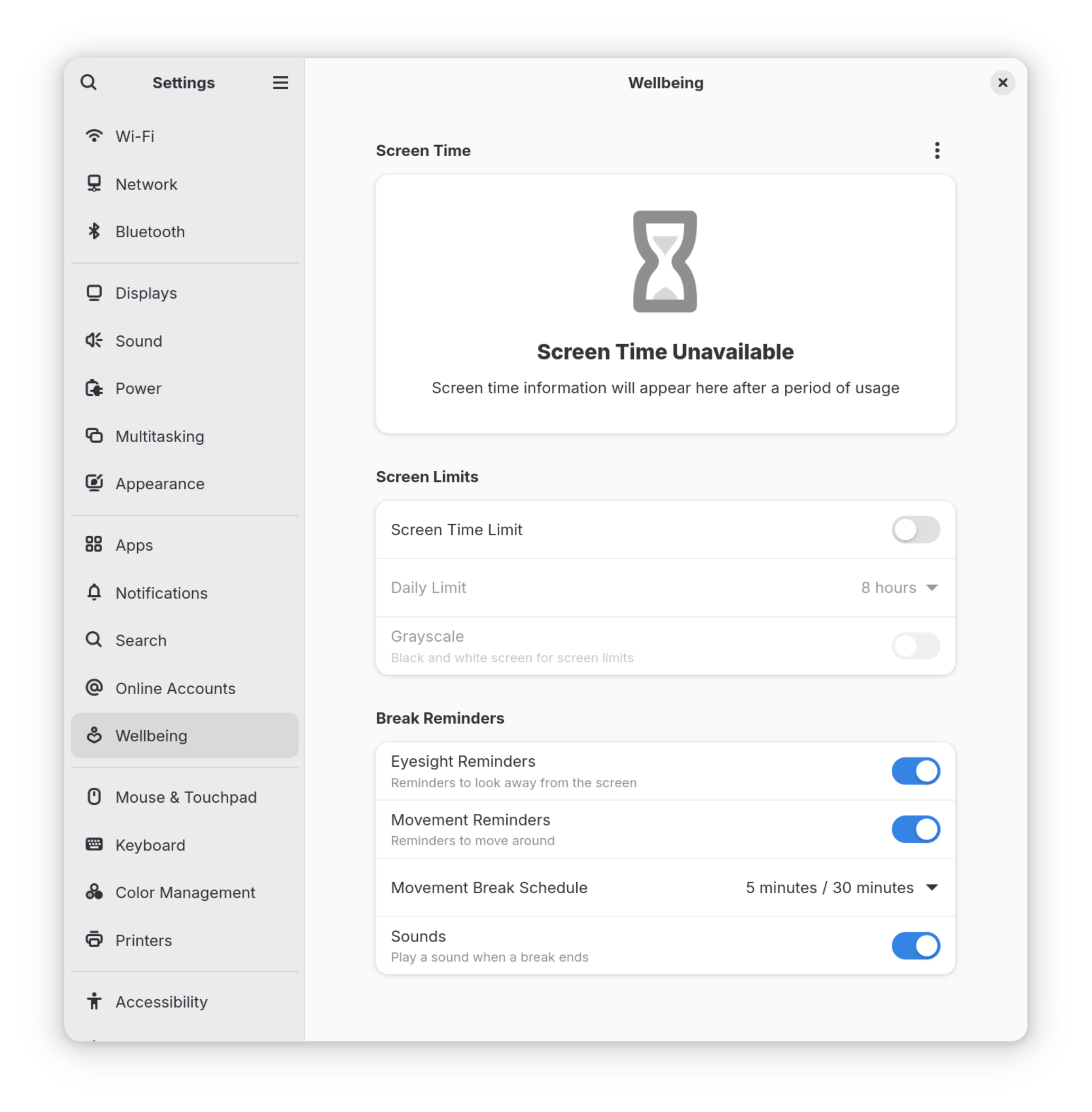

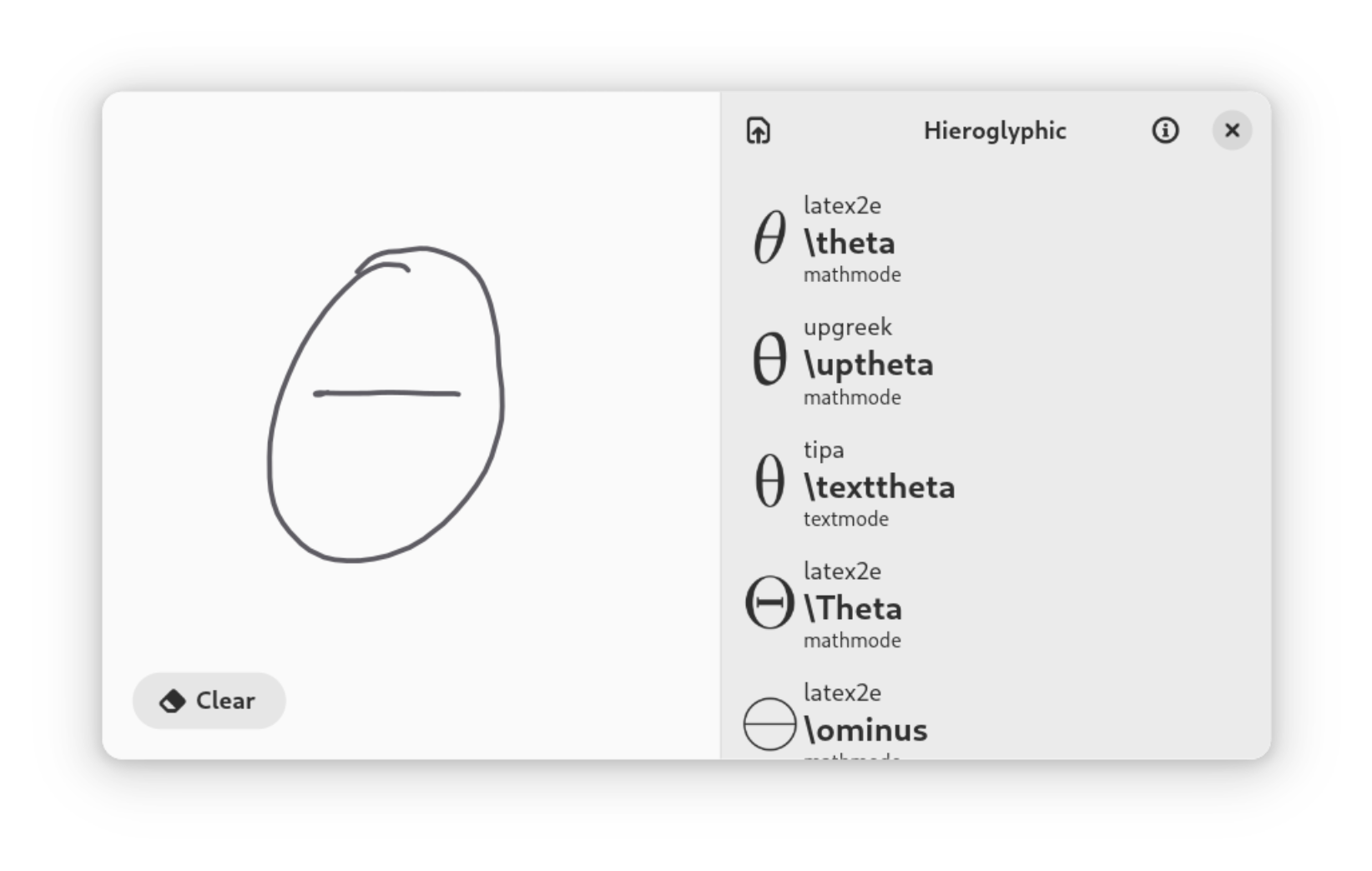
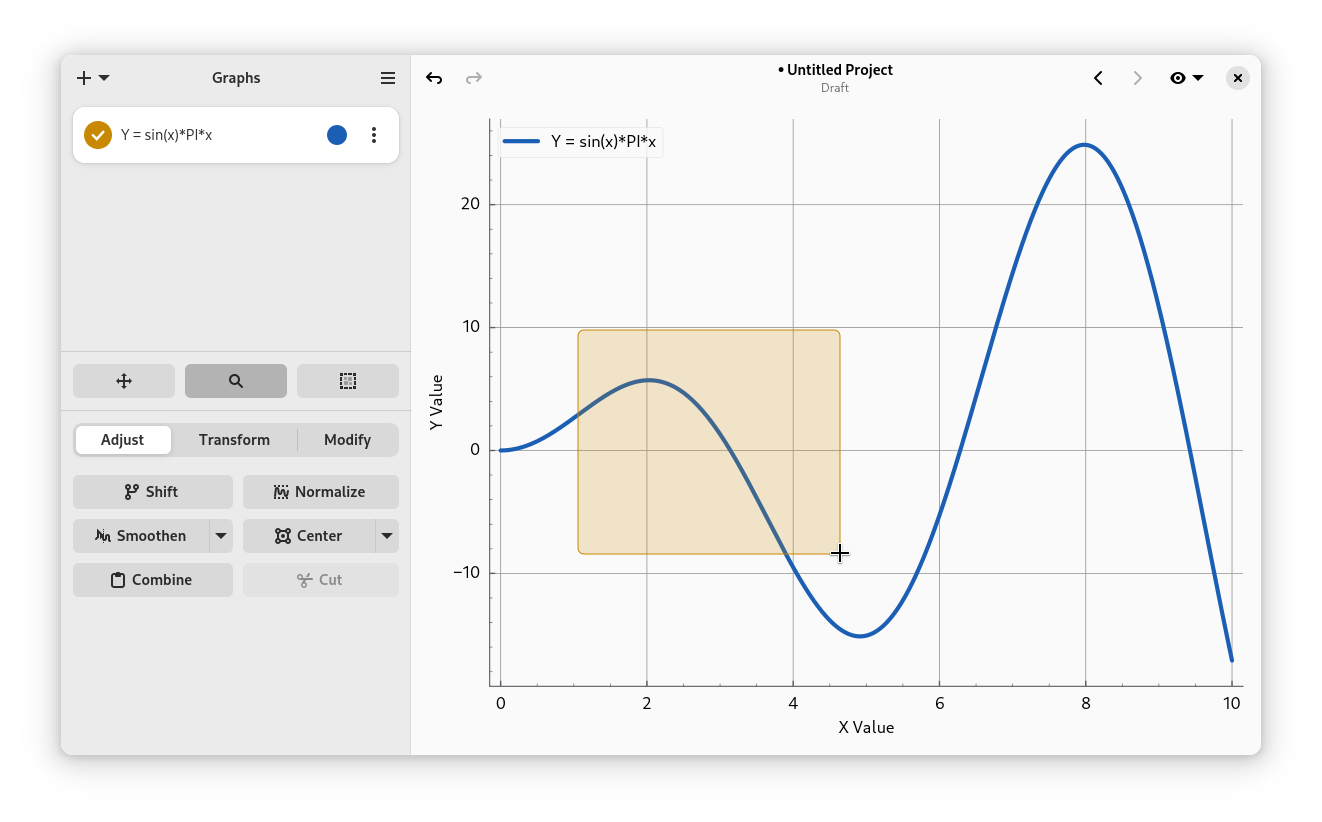
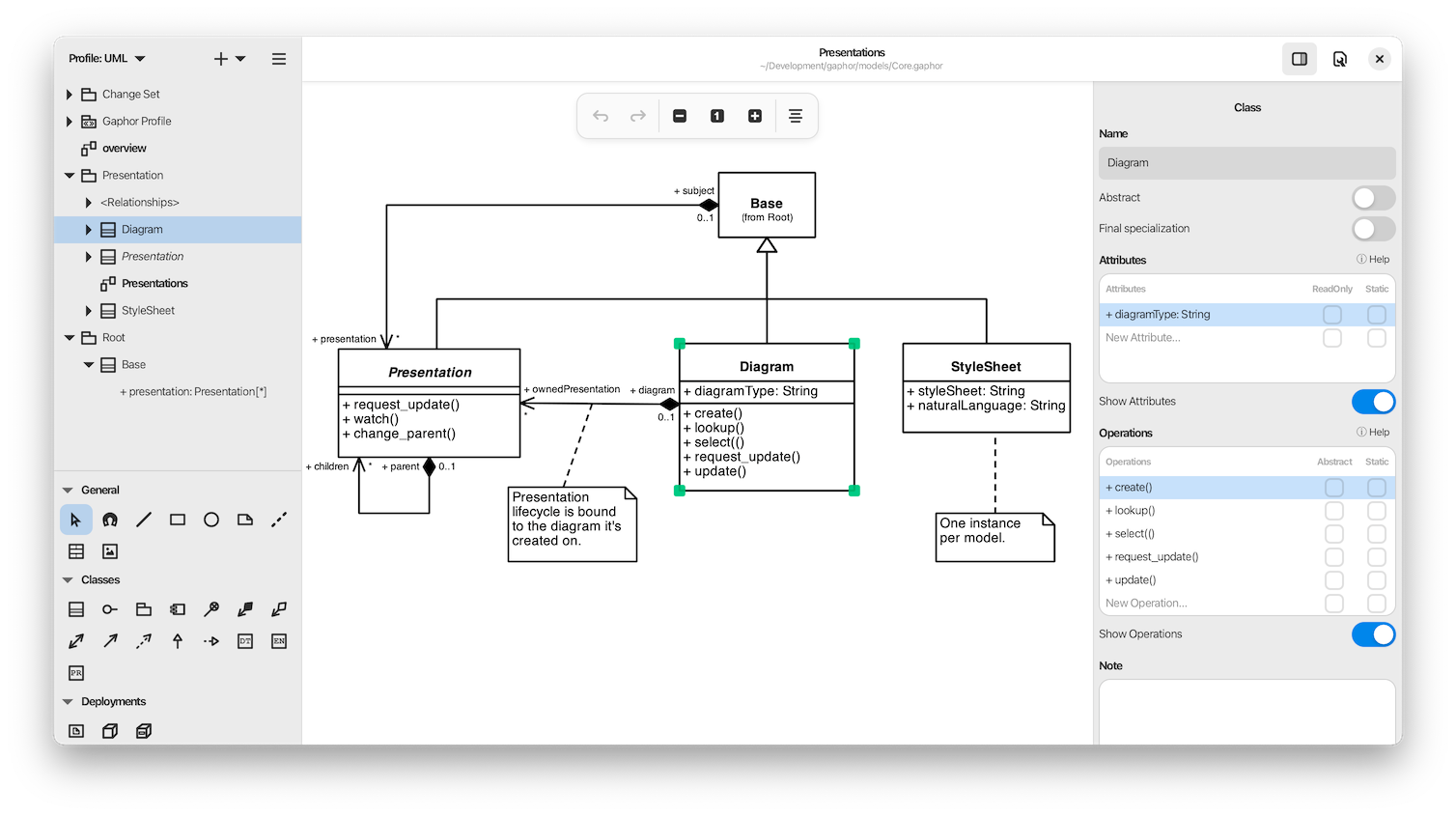

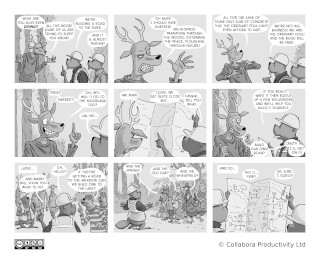
 Me writing this very post in
Me writing this very post in








